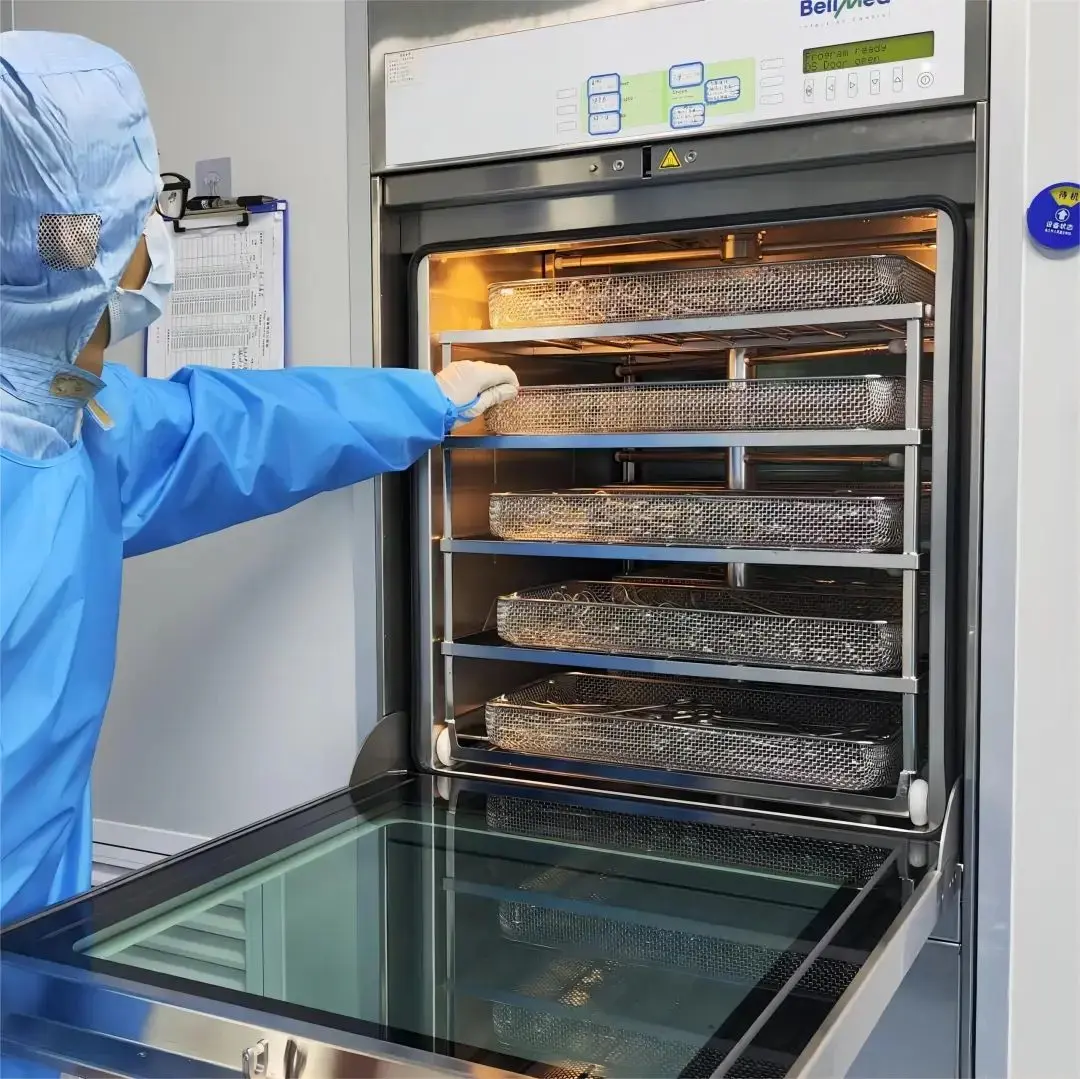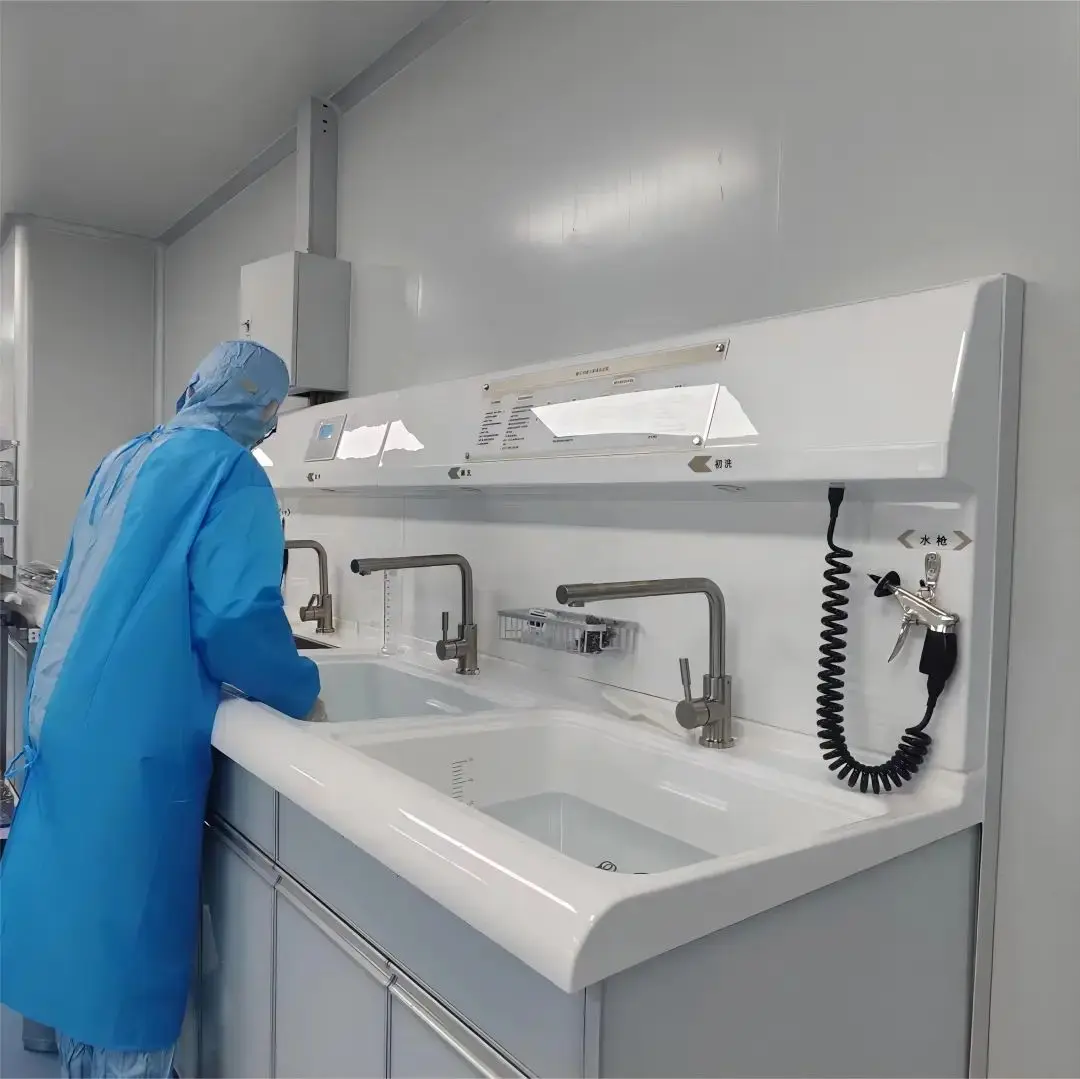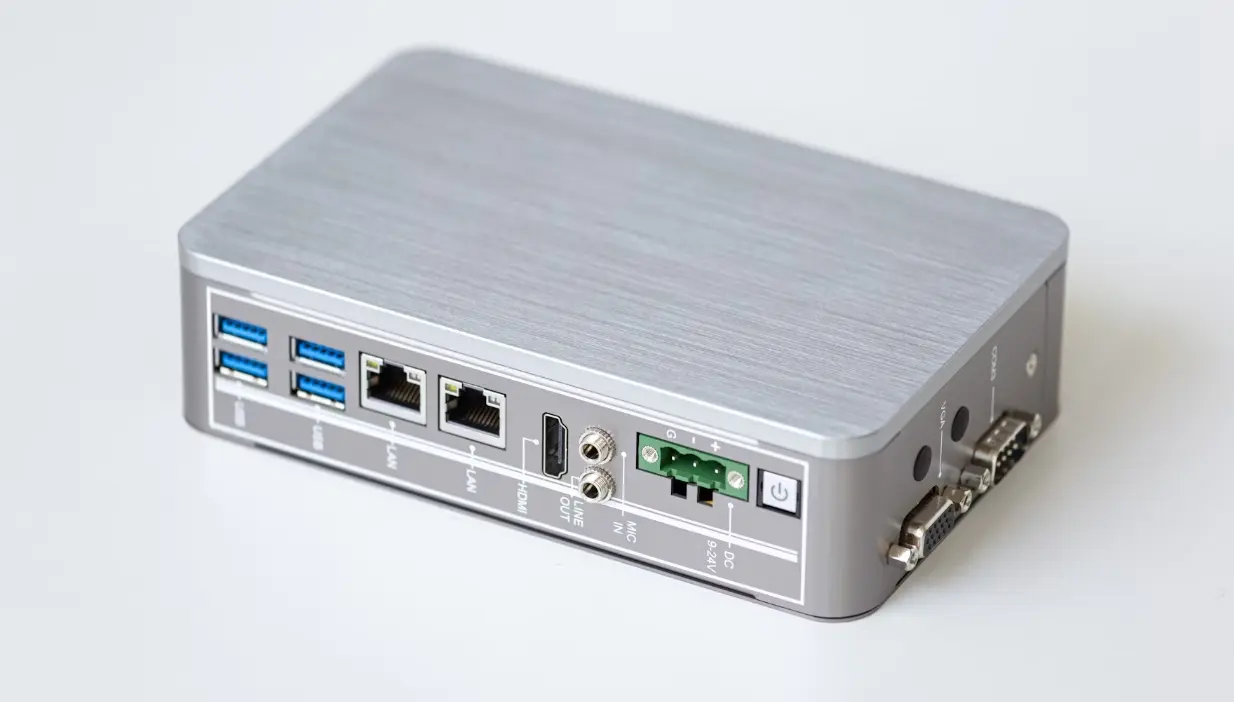
What is the ANSI/CAN/UL 2056:2024 test?
ANSI/CAN/ul 2056:2024 is an important safety standard for portable power banks in North America. Here is a detailed explanation of this standard:
Background and Purpose of the Standard
- Release Date: The ANSI/CAN/UL 2056:2024 standard was officially released on October 22, 2024.
- Issuing Authorities: The standard was jointly published by the American National Standards Institute (ANSI) and the Canadian Standards Council (SCC).
- Purpose: The aim is to reduce the risk of fire or explosion from portable power banks and ensure consumer safety during use.

Scope of the Standard
- Applicable Products: This standard applies to all types of portable power banks, including those with lithium-ion batteries, nickel-based batteries, and those with integrated photovoltaic cells.
- Excluded Products: Products falling under the portable power supply standard UL 2743 are not covered by this standard.
Key Content of the Standard
1. Input and Output Characteristics:
- Input Voltage: The rated maximum input voltage of the portable power bank should not exceed 60Vdc, or it may be powered by AC with a direct plug-in structure.
- Output Energy: The rated watt-hour (Wh) value of the portable power bank should not exceed 100Wh.
2. Structural Requirements:
- Energy Limit: An energy limit of no more than 100Wh has been added.
- Material Requirements: The density requirements for materials such as CHEESECLOTH and TISSUE PAPER are clarified.
- Fire Resistance: New requirements for internal non-metallic materials to meet Min. V-2 fire resistance, as well as alternative methods if the shell material's RTI does not meet standards (tested by 550°C glowing wire test).
- Hole Requirements: Apart from input/output ports and vent valves, no other openings are allowed.
- Battery Cell Requirements: Added multiple standard compliance options, such as lithium-ion cells can comply with UL 1642 or UL 62133-2, etc.
3. Testing Requirements:
- Electrical Testing: Includes tests such as 55°C output short-circuit testing, abnormal charging tests, forced discharge tests, BMS validation, input power tests, and photovoltaic cell flammability tests. The 55°C testing condition is a new addition, while the 24-hour short-circuit test requirement has been removed.
- Shell Testing: Includes steady-state uniform force testing, bending force testing, and mold stress relief testing.
- Miscellaneous Testing: Such as label performance testing, etc.
4. Labeling and Instruction Manual Requirements:
- Label Information: Manufacturer's name, product name or trademark, input rating, electrical capacity, battery's Wh capacity, manufacturing date, chemical type of the portable power bank, and other relevant details.
- Contrast Color Requirement: Labels should use contrasting colors or color schemes for better readability.
- Warning Statements: Permanent and clear warnings such as "CAUTION: Risk of Fire and Burns. Do Not Open, Crush, Heat Above (manufacturer’s specified maximum temperature) or Incinerate. Follow Manufacturer’s Instructions."
Background and Significance of the Standard Revision
- Revision Background: With the rapid development of the portable power bank market, more products of varying quality have emerged, leading to frequent fire and burn incidents. Previous standards were unable to meet the current high safety requirements for portable power banks.
- Revision Significance: The release of the ANSI/CAN/UL 2056:2024 standard helps improve the safety performance of portable power banks, reducing the occurrence of safety incidents and protecting consumers' lives and property. It also provides clear safety specifications and technical guidance for the production and sale of portable power banks.
In summary, the ANSI/CAN/UL 2056:2024 standard is a critical safety standard for portable power banks in North America, and its release and implementation are significant for improving safety performance and ensuring consumer safety.
Main Updates in This Revision:
1. Structural Requirements:
- Added energy limit of no more than 100Wh;
- Clarified density requirements for materials like CHEESECLOTH and TISSUE PAPER;
- Added Min. V-2 fire resistance requirement for internal non-metallic materials;
- Added definition for SMALL PART to evaluate whether fire resistance requirements can be waived for auxiliary judgment;
- Accepts an alternative method (550°C glowing wire test) if shell material's RTI does not meet requirements;
- Special requirements for shell openings (no other openings except input/output ports and vent valves);
- Added multiple compliance options for battery cells (e.g., lithium cells accepting UL 1642 or UL 62133-2/CSA C22.2 No. 62133-2, nickel-based cells accepting ul 2054 or UL 62133-1/CSA C22.2 No. 62133-1, and other chemistries to comply with related safety standards);
- New electrical connection requirements (connectors like spliced wire connectors, quick-connect terminals, multi-pin connectors, etc. need component recognition per standards such as UL 310/CSA C22.2 No.153/UL 1977/CSA C22.2 No.182.3);
- For direct plug-in structures, new circuit design requirements (when charging from AC, the power bank must not discharge simultaneously);
- For wireless charging products (including both receiving and transmitting), it is specified that they need to comply with UL 2738 or similar standards;
- New concept of BUILT-IN Battery, with related testing requirements.
2. Testing Requirements:
- Significant technical updates for electrical tests, including short-circuit, abnormal charging, and overcharge tests;
- The cooling cutoff condition for short-circuit testing has changed from ambient ±10°C to ambient ±5°C. A 20mΩ short-circuit condition has been introduced for products supporting simultaneous charging and discharging, and the temperature limit for lithium cells' surface has been updated to 75±1°C (previously no more than 150°C);
- Specific testing before abnormal charging and overcharging, including bypassing the voltage conversion circuit and testing the single failure state, with the surface temperature for lithium cells limited to 90±1°C;
- For lithium-ion cells, new tests on the protection circuit design for BUILT-IN Batteries, such as overcurrent discharge, undervoltage discharge, overcurrent charge, and overvoltage charge testing;
- Removed LPS requirements to better match current product technology needs (e.g., 140W USB-C output does not meet LPS requirements);
- Temperature rise tests have merged component and surface temperature rise into one section, requiring monitoring of cell voltage during charging and discharging to ensure it does not exceed the cell's technical specifications;
- Added new requirements for surface temperature not exceeding 75°C for plastic shell surfaces, regardless of contact time;
- Input tests now require auxiliary functions to be running during testing, such as flashlight or speaker functions;
- Overload tests have been updated to overload based on maximum power, considering simultaneous charging and discharging;
- For nickel-based cell products, IEC 61951-2 standard 7.3.2.3 requirements have been introduced;
- The steady-state force test now specifies the time and speed for applying force, with the duration of force increased to 30 seconds;
- Added evaluation for bending force in section 23.
3. Labeling and Instruction Manual:
- The product marking must include the chemical type, such as Lithium chemistry;
- The product marking and shell must use contrasting colors, such as black and white, red and green, blue and orange, yellow and purple, etc.;
- Updates on instructions regarding fire or personal injury risks:
Item e) No exposure to high temperatures or fire, and avoid storing in direct sunlight or inside vehicles;
Item J) Updated the product's exposure to dangerous high-temperature limits (which can be specified by the manufacturer).
Email:hello@jjrlab.com
Write your message here and send it to us
 EU 2.4G Products CE-RED Directive
EU 2.4G Products CE-RED Directive
 Cytotoxicity Analysis (CCK-8 Method)
Cytotoxicity Analysis (CCK-8 Method)
 Disinfection Validation for Reusable Medical Devic
Disinfection Validation for Reusable Medical Devic
 ASTM F3208-2020 Testing Laboratory
ASTM F3208-2020 Testing Laboratory
 Reprocessing of Reusable Medical Devices ISO15883
Reprocessing of Reusable Medical Devices ISO15883
 Wireless Product Certification Guide
Wireless Product Certification Guide
 TISI Certification for Hair Dryers in Thailand
TISI Certification for Hair Dryers in Thailand
 Thailand TISI Compliance Certification Reminder
Thailand TISI Compliance Certification Reminder
Leave us a message
24-hour online customer service at any time to respond, so that you worry!




